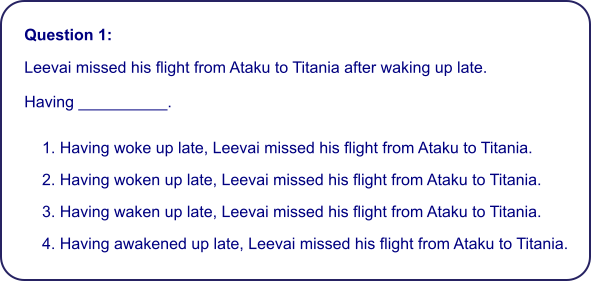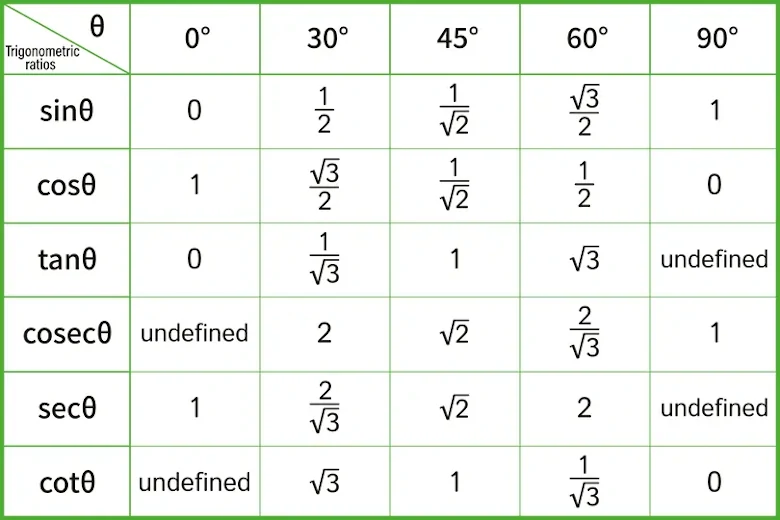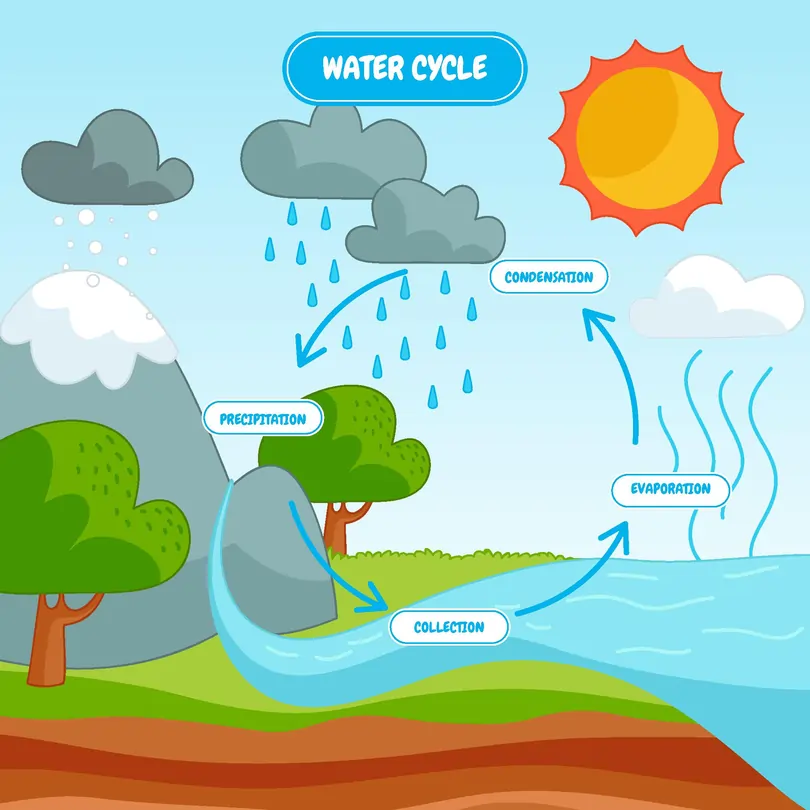Primary vs. Secondary English: The key differences you need to know
- Tags:
- Secondary English

Primary and Secondary English may seem quite similar at first glance, but they are actually quite different when you take a closer look.
So, how can we help our children make a smooth transition between the two?
In this blog post, we’ll explore the major differences between Primary and Secondary English curriculum and discuss some strategies for helping your child make a smooth transition.
Essential Skills For Mastering Secondary English
At the primary level, the focus is on developing the student’s understanding of the basics of language and grammar. They learn to read, write, and speak in English correctly, which is crucial to building a solid foundation for future education. Think of it like building a house - you need a strong foundation before you can start adding on the fancy details.
On the other hand, secondary school English is all about testing the student's understanding of the language. Instead of just regurgitating grammar rules or relying on vocabulary lists to get better grades, students will now need to be able to comprehend and analyse complex texts. This means developing higher-order thinking skills like critical thinking, analysis, and interpretation.
Some of the common areas on which students must now concentrate are as follows:
- Paraphrasing - Replacing words with their synonyms while still keeping the same meaning.
- Inference - Being able to read between the lines and make assumptions about what is not written in the text.
- Summary - Be able to state their points succinctly while maintaining a logical chain of reasoning.
With all these skills to learn, it's important for students to practice them regularly and build confidence before taking any secondary English exams.
In-Depth Look At The Change Between Primary And Secondary English
Both primary and secondary English papers are divided into four sections:
| Primary English | Secondary English | |
|---|---|---|
| Paper 1 | Writing | Writing |
| Paper 2 | Language Use and Comprehension | Comprehension |
| Paper 3 | Listening Comprehension | Listening |
| Paper 4 | Oral Comprehension | Oral Communication |
We've covered every aspect of each of the primary English papers in our comprehensive PSLE English guide. So, for this article, let's take a look at how the examiner's expectations will change now that your child is in secondary school.
Paper 1: Writing
The writing component is further divided into the following three sections:
- Editing
- Situational writing
- Continuous writing
Let's look at the changes in complexity for these sections.
A. Changes In Editing Section
Marks allocated for editing in PSLE: 12
Marks allocated for editing in secondary: 10
The main difference in the editing section is the complexity of the questions. In primary, the errors are given in the text, but in secondary, the students are expected to read the text and find the errors themselves. This means, your child now needs to have a strong command over the language.
As an example, consider the following question from a primary level:

(Source: Geniebook Primary 6 Editing page)
Compared to that, here is a typical secondary English editing question:

(Source: Geniebook Secondary 1 Editing page - Visit this page to learn how to answer editing questions)
It is clear from this that questions in primary and secondary English are different in terms of complexity and format.
B. Changes In Situational Writing Section
Marks allocated for situational writing in PSLE: 15
Marks allocated for situational writing in secondary: 30
As you can see there’s a steep increase in weightage with higher expectations.
In PSLE, the teachers assess students based on their content mastery (worth 6 marks) and language proficiency (worth 9 marks).
However, as students progress to secondary education, the grading criteria change drastically. At this stage, the focus shifts towards task fulfilment (worth 10 marks) and language proficiency (worth 20 marks). In addition to this, the students are expected to develop their skills in elaborating their answers and writing longer compositions. Specifically, they are required to produce at least 250-300 words for situational writing tasks.
C. Changes In Continuous Writing Section
Marks allocated for continuous writing in PSLE: 40
Marks allocated for continuous writing in secondary: 30
So, how do teachers evaluate continuous writing in English in primary versus secondary education?
At the primary level, both content and language carry an equal weightage of 20 marks each. However, at the secondary level, content is worth 10 marks while language is worth 20 marks.
During the exam, primary students are presented with three picture prompts and are required to compose a narrative of around 150 words. On the other hand, secondary students are given four questions to choose from and are not provided with any picture prompts. They are expected to showcase their skills in various writing styles such as descriptive, persuasive, personal recount, hybrid, etc. In this section, secondary students are expected to produce a longer piece of writing, ranging from 350 to 500 words.
Paper 2: Comprehension
This paper is divided into 3 sections:
- Visual text
- Narrative Comprehension
- Expository Comprehension
Now, let's look at the differences in these sections:
A. Visual text
Marks allocated for visual text in PSLE: 8
Marks allocated for visual text in secondary: 5
There are two main differences between primary and secondary school visual text questions:
- In primary school, students were given a 2-page visual stimulus, while now the students will be expected to analyse two texts with 1 visual stimulus.
- In primary, the students had to answer multiple choice questions, while in secondary, the students will be facing open-ended questions.
B. Narrative Comprehension
Both primary and secondary levels have a similar marking scheme for narrative writing, with an allocation of 20 marks.
Moreover, students at both levels are required to read a narrative text and respond to open-ended questions. The only notable difference is that the questions posed to secondary level students tend to be more complex.
C. Expository Comprehension
A new component has been added to the Secondary exam, which is worth 25 marks. Students are required to read an expository text, answer open-ended questions, and write an 80-word summary based on the given text.
Since this is a new component, let's understand what it is and how is it different from narrative comprehension.
What is expository comprehension?
Expository comprehension refers to the ability to understand and interpret informational texts, also known as expository texts. This type of text typically presents facts, explains ideas or concepts, or describes a process or procedure. Expository comprehension involves skills such as identifying the main idea, making inferences, and understanding the author's purpose and tone. It is an important skill for academic success as it is often required in school and beyond for reading, research, and critical thinking.
How is expository comprehension different to narrative comprehension?
Expository comprehension and narrative comprehension are two distinct ways of understanding and processing information. Narrative comprehension involves understanding stories that have a clear beginning, middle, and end, often with a plot, characters, and setting. On the other hand, expository comprehension involves understanding informational texts that are typically written to explain or inform about a particular topic or idea. Expository texts may be structured differently than narrative texts, with headings, subheadings, and bullet points used to organise and present information. Additionally, expository texts often rely on factual information and logical explanations, whereas narrative texts may incorporate more emotional or imaginative elements.
Paper 3: Listening
In primary school, the listening comprehension section of the exam carries a weightage of 20 marks. Students are required to answer multiple-choice questions that may include graphical representations. Additionally, each text is read twice during the exam.
When it comes to secondary school, the listening comprehension section is worth 30 marks and is divided into two sub-sections. The first sub-section is worth 22 marks and includes a variety of tasks such as multiple choice questions, graphic organisers, and matching questions. Again, each text is read twice during the exam.
The second sub-section of the listening comprehension exam in secondary school is a note-taking test that carries a weightage of 8 marks. Students are expected to listen to an informational text only once and take notes accordingly.
Paper 4: Orals
This paper is worth 40 marks and consists of two sections for both primary and secondary students. At the PSLE level, the first section is a read-aloud section worth 10 marks, where students are required to read fluently and expressively. Meanwhile, at the secondary level, the first section is a planned-response section worth 15 marks, where students are asked to deliver a prepared response for up to two minutes to a video prompt with accompanying text.
Section 2 of the PSLE oral exam is the stimulus-based conversation, where students are presented with a visual stimulus and are required to give a personal response and engage in a conversation on a relevant topic. At the secondary level, section 2 is the spoken interaction section, which is worth 15 marks. In this section, students will have to converse with the examiner about the video clip they watched in section one.
We hope this article helps you understand the difference between primary and secondary English. If you want to get a headstart and start preparing your child, we suggest reading our article on these persuasive techniques that will help improve your child's English paper 1 and 2 scores.


 SG
SG  VN
VN 


















